For the people who have absolutely no idea about what these log splitters are, in simple terms, they can be called machines that chop wood using automation (or manual) power.
The primary purpose is to break these logs into pieces to aid their transport. The purpose of designing the log splitter is to simplify log splitting via automation (or manual) power.
Log splitters are phenomenal in their work, and the design aspect of log splitters is their main highlight. To achieve this automation, efficiency, and effectiveness, all these log splitters use hydraulics.
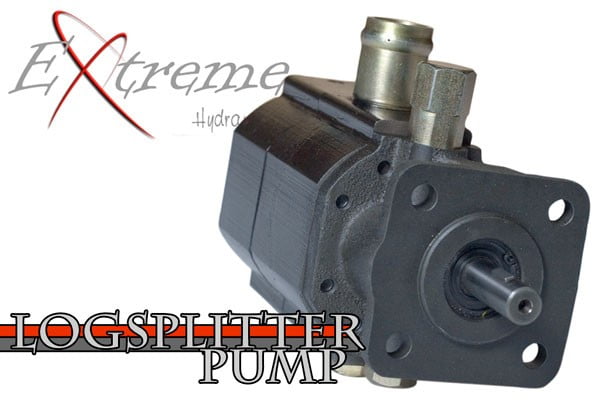
The hydraulics is the part of the log splitter pump, which is a hydraulic pump. Usually, this hydraulic pump is a two-stage one.
This two-stage hydraulic log splitter pump is the base of the hydraulic system. The hydraulic system is used to pressurize and create the force for splitting the wood.
This makes the log splitter pump the essential part of the log splitter. Whether you are well-versed with log splitters or have hardly heard about them, go through this article, and you will surely understand what size of log splitter pump you should use.
More About Log Splitter
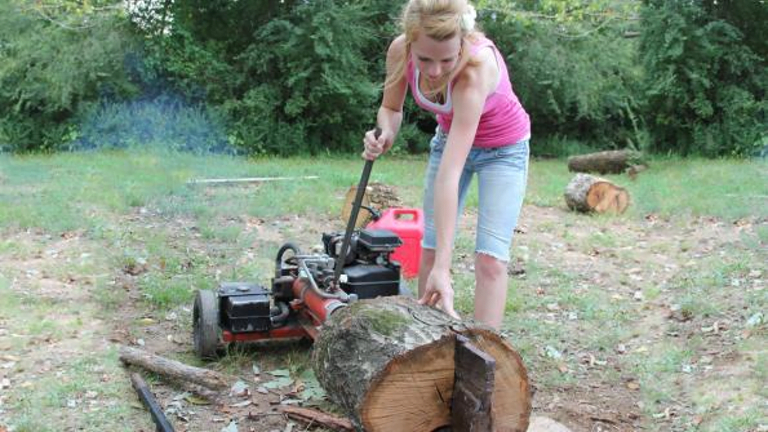
Log splitter pumps, as previously discussed, are a very crucial element. Thus, choosing the right kind of hydraulic log splitter pump becomes very important. The best way to go with this is by choosing the right size and quality materials for the log splitter pump. This will ensure high efficiency and effectiveness.
Before you make the decision, do analyze accordingly concerning your needs and log splitter. The size of log splitter pumps influences not only the performance but also the cost. Thus, the decision of choosing the size of hydraulic log splitter pumps depends upon three major factors:
- Log splitter, and it is (or user’s) needs,
- Cost and,
Essential log splitter parts are as follows:
- Hydraulic Log Splitter Pump
- Engine (5-12 Horsepower) and Oil Tank
- Fluid Filter
- Valves (Control, Check, etc.)
- Couplings, Pump Mount, Wedge, etc.
- Reservoir
- Hydraulic Cylinder
- System Relief
Hydraulic Log Splitter Pumps
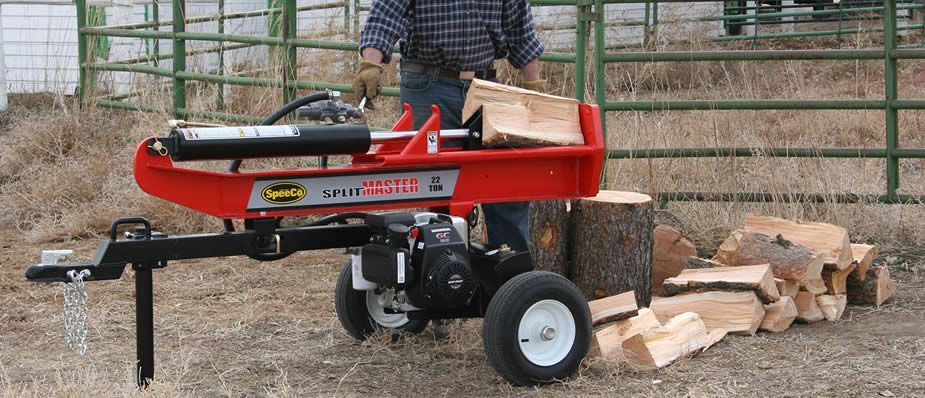
Before deciding the size of log splitter pumps, it is essential to understand the hydraulics to determine the correct size based on the principle of log splitter pumps.
Hydraulic log splitter pumps work according to the phenomenon of hydraulics. Pascal’s law (Principle of hydraulics) governs hydraulics. It states that if you apply pressure to a particular point of a fluid (closed/confined), the pressure transmits to every other fluid point (with no losses).
Pumps convert one form of energy to another. As the name suggests, hydraulic pumps convert mechanical energy to hydraulic energy. For this conversion, hydraulic pumps use flowing water.
Using flowing water, these hydraulic pumps create a hydraulic system. This system is complicated, but in simpler terms, it provides force in a specific area, basically what we call pressure.
Two-stage hydraulic pumps are usually used as log splitter pumps. This complex system can be explained using an analogy. Consider the working of a vehicle, and it displaces itself irrespective of the heavyweight. It uses power for displacement.
This is precisely what happens in a log splitter, except that it happens at a smaller scale. Thus, the pump utilizes the conversion of the energy for running the log splitter.
The two-stage hydraulic pumps hold together two different size hydraulic pumps. One of them is larger than the other one.
Importance of Size in Log Splitter Pump
Now that you know the log splitter and hydraulic pump details, we can discuss the size of the log splitter pump. Why should we be bothered about the size of the log splitter pump? The reason is that the size affects the speed and force (splitting).
Bigger the size of the log splitter pump (basically the pump cylinder’s size), the bigger the splitting force. This helps in the useful splitting of more extensive woods. But with the increase in the size of the hydraulic pump, it also requires more fluid. The requirement of more fluid decreases the speed.
This is the reason why the size of log splitter pumps becomes so essential. You can either choose the speed of splitting force. If you choose to increase one of the two-parameter, then the other one decreases.
Choosing the Right Size of Log Splitter Pump
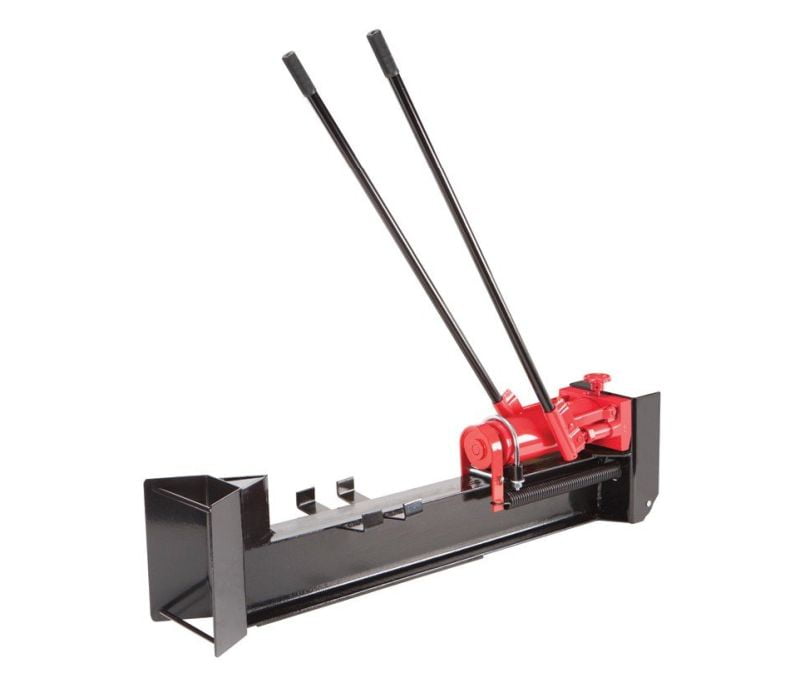
To choose the best and correct size of your log splitter, you need to decide to improve either pump speed or splitting force. There are different size pumps available in the market according to your requirement.
Pumps available in the market are based on GPM (Gallons per minute). The higher the GPM, the smaller is the cylinder. The splitting force depends upon the cylinder. The higher the GPM, the smaller is the splitting force. To make it more transparent,
Here are commonly used sizes:
- 11 GPM pump takes 7.09 seconds
- 13 GPM pump takes 6 seconds
- 16 GPM pump takes 4.875 seconds
- 22 GPM pump takes 3.545 seconds.
Note: Always choose the cylinder according to your pump. The cylinder must adjust according to the pump that you own.
Note: The formula to find out the volume of a hydraulic cylinder is: π*(radius)2*stroke
The previous calculations of GPM pumps are based on the above formula.
Is it Possible to Design and Make Log Splitters at Home?
Leading manufacturers of hydraulic log splitters are Agri’s and Steiner. You can either buy the log splitters from the above brands or DIY!
If you are interested in making a log splitter, which is possible as the calculations required for designing, parts required, and technique to make a log splitter is available. It can be employed if one shows interest in it. Only go for the DIY option if you are well-versed with machinery.
Basic (or Minimum) Requirement for DIY Log Splitter is (Estimated for Average Values)
The engine of the log splitter works on the basics of hydraulics. The pump creates the driving force, and the hydraulic cylinder works in unison with the valves influencing splitting power and speed.
Oil tanks are required to store oil. (Other requirements are mentioned above).
The engine used must be of 6-7 Horsepower. A two-stage hydraulic pump (about 3000 PSI) must be employed of 11 GPM. The standard hydraulic cylinder of 4-inch diameter and 24-inch length/height. Around 10-12-gallon capacity of the oil tank.
Note: You can decrease the capacity of the oil tank if you employ lower GPM hydraulic pumps.
Note: If you want to play around with the values and choose the best according to your requirement, then use this calculator tool by international hydraulics.
Conclusion
Finally, it is your choice! As you know that you can either have a good speed or high splitting force, you must make your own decision with the size of log splitter pumps. You do not need to worry a lot as the size is only one aspect to look at, but the right decision about the size is always useful in usage.
The choice of DIY or buying one from the market is also your choice. If you are well-versed with calculations and machinery, then go for it as log splitters are expensive in the market.
If you know why you are employing a log splitter, it will help you make a better decision. For example, if you are one of those campers who requires a log splitter in his camps for firewood, go for the speedy ones (small cylinder size). The reason is that you would want to split wood faster instead of splitting larger pieces.
Irrespective of whether you buy a branded log splitter or DIY, they require regular maintenance and cleaning. For better results, go for the two-stage hydraulic pumps (even if they are a bit expensive).
If you follow the above tips, then the log splitter works effectively and efficiently. Taking the right decisions can help you enforce the right speed and optimum splitting force required for your log splitting.

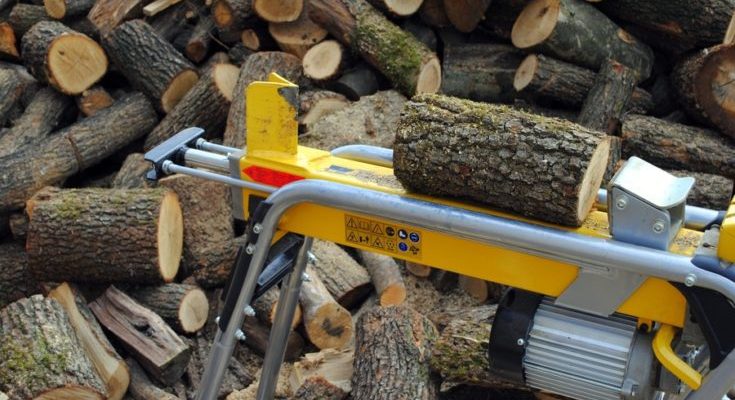
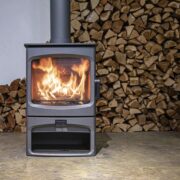
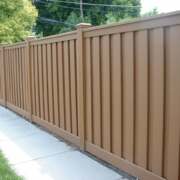
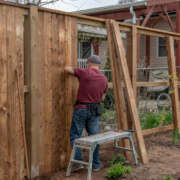


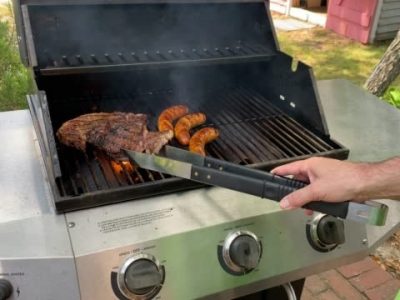
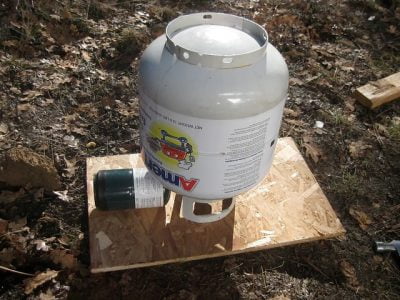
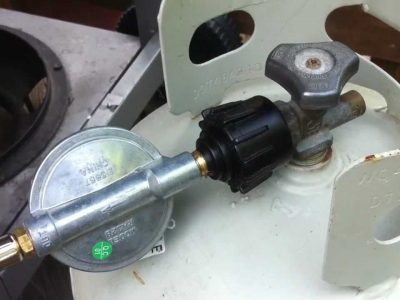




[…] What Size of Hydraulic Pump is Preferred for Log Splitter? It is one of the most frequently asked questions of all time and can also be confusing at times. […]
[…] This will depend on the type of project you want to use it for, so I would recommend checking the advantages and disadvantages of each. Also, consider the size, like what size hydraulic pump for log splitter is needed to be considered. […]
[…] There are so many types of filters to choose from because filters can trap a variety of particles depending on the specific filter, and all hydraulic systems do not work in the same conditions. You should also consider the size according to your tool. What size hydraulic pump for log splitter is one of the most asked queries. […]